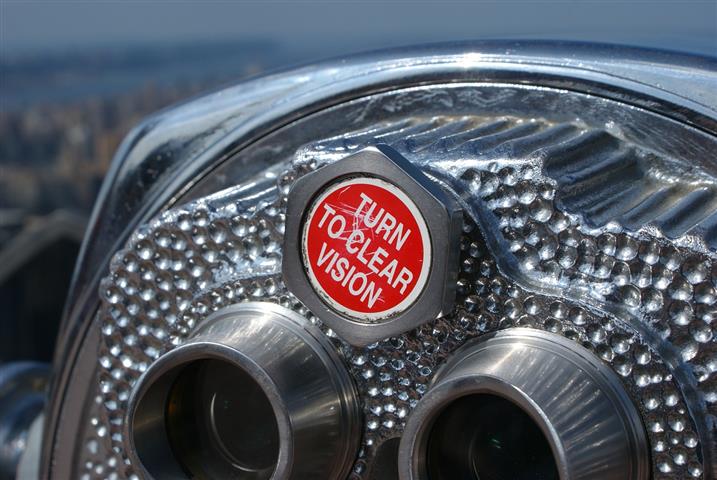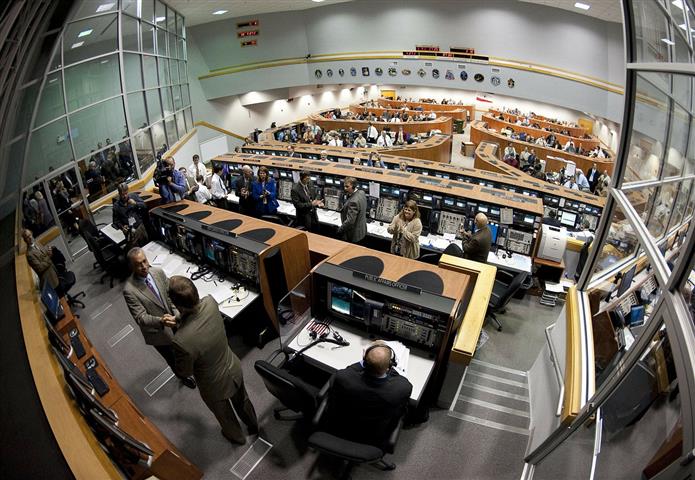A major element of the risk control process is change control management. Every detail of a project plan will not materialize as expected. Coping with and controlling project changes present a formidable challenge for most project managers. Changes come from many sources such as the project customer, owner, project manager, team members, and occurrence of…
Category: Risk Management
Risk Management Framework: Contingency Funding and Time Buffers
This article is part of the Risk Response Development process. This is considered to be a activity inside that process. To understand the full picture please read this article first and follow the links provided to navigate the post. Contingency funds are established to cover project risks—identified and unknown. When, where, and how much money…
Risk Management Framework: Opportunity Management
This article is part of the Risk Response Development process. This is considered to be a activity inside that process. To understand the full picture please read this article first and follow the links provided to navigate the post. For the sake of brevity, this series has focused on negative risks—what can go wrong on…
Risk management framework: Risk Types
This article is part of the Risk Response Development process. This is considered to be a activity inside that process. To understand the full picture please read this article first and follow the links provided to navigate the post. Some of the most common methods for handling risks are discussed below. Hope you find the…
Risk management framework: Contingency Plan
A contingency plan is an alternative plan that will be used if a possible foreseen risk event becomes a reality. The contingency plan represents actions that will reduce or mitigate the negative impact of the risk event. A key distinction between a risk response and a contingency plan is that a response is part of…
Risk Management Framework: Risk Control Response
Typically the results of the first three steps (Risk Identification, Risk Assessment, Risk Response Development) of the risk management process are summarized in a formal document often called the risk register. A risk register details all identified risks, including descriptions, category, and probability of occurring, impact, responses, contingency owners and current status. The register is…
Risk Management Framework: Probability Analysis
Probability analysis is one of the techniques that can be used in the Risk Assessment process. Although there are many statistical techniques available to the project manager that can assist in assessing project risk, probability analysis is one of the more common ones. Here are a few examples: Decision trees have been used to assess…
Risk Management Framework: Risk Assessment
The Risk Identification Process produces a list of potential risks. Not all of these risks deserve attention. Some are trivial and can be ignored, while others pose serious threats to the welfare of the project. Managers have to develop methods for sifting through the list of risks, eliminating inconsequential or redundant ones and stratifying worthy…
Risk Management Framework: Risk Identification
The risk management framework begins by trying to generate a list of all the possible risks that could affect the project. Typically the project manager pulls together, during the planning phase, a risk management team consisting of core team members and other relevant stakeholders. The team uses brainstorming and other problem identifying techniques to identify…
Risk Management Framework
As stated in the Risk Management Guide Contents article, this is the first part of the series and I will dive directly into the subject without much introduction. This figure presents a graphic model of the risk management framework challenge. The chances of a risk event occurring (e.g., an error in time estimates, cost estimates,…









